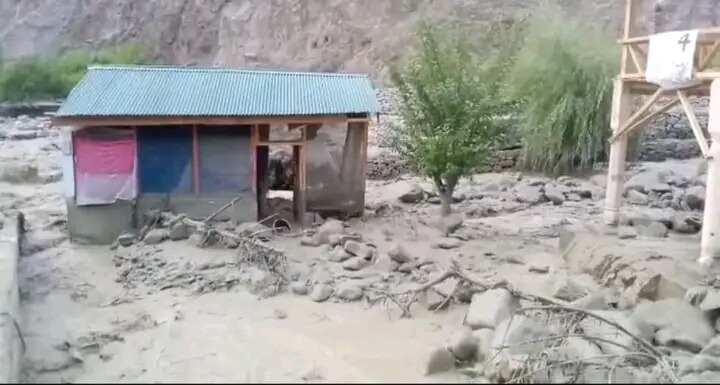ISLAMABAD: Rising temperatures attributed to climate change are posing a significant challenge to the livelihood of local communities in Gilgit, located in the Hindukush Himalayas region of Pakistan. This challenge requires a multifaceted approach encompassing proper land-use and risk-based planning, public participation, access to vulnerable sites, and availability of trained and well-equipped human resources, reports WealthPK.
According to a research conducted by Irfan Ahmed Rana, Head of the Department of Urban and Regional Planning at the National University of Sciences and Technology (NUST), climate change has made the livelihoods of local communities in the Northern Areas of Pakistan, particularly in Gilgit, highly vulnerable due to the rising temperatures in the region. Lack of land-use planning in the region exacerbates the vulnerability of these communities to natural disasters.
The study findings indicate that institutions can play a crucial role in making the communities resilient to natural hazards. However, there are several institutional challenges that need to be addressed, such as lack of public participation, limited access to vulnerable sites, unavailability of trained and well-equipped human resources, budget constraints, weak land-use and building bylaws, and lack of risk-based master planning.
The research said the rapidly changing climate exacerbates the risks of exposure to multiple natural hazards. Over the past five decades, the average mean temperature in the country has increased by up to 5° Celsius.
The temperature trends vary from place to place and province to province, with regions like Gilgit having warming trends that are double those of areas with low elevation, it added.
According to the research, the mountainous region of Karakorum, Himalaya, and Hindukush (HKH) is highly vulnerable to the impacts of climate change, with 37% glacier cover in the Karakorum range and around 33% of the region located in a high-risk zone for natural hazards.
The study points out that since 1901, the average temperature in the HKH has increased by up to 0.10° Celsius per decade. Climate change is one of the main causes of the rapid melting of glaciers, resulting in multiple lakes in the region. As many as 20 Glacial Lake Outburst Flood (GLOF) events have been recorded in the Himalayan region in the last few decades.
Around 3,000 lakes have developed in Gilgit and Khyber Pakhtunkhwa regions, with 33 lakes identified as prone to GLOFs.
Lack of connectivity and transportation infrastructure in the Northern Areas is one of the main reasons for increased risk in these areas, as the vulnerable communities are located in far-flung areas loosely connected to other parts of the country.
The study suggests that to combat the devastating impacts of climate change-induced disasters, there is a dire need for timely decisions and policies to reduce the risk of future natural hazards.
Climate and disaster risk management are real challenges for the disaster management and development authorities. The responsibility lies with these authorities to identify and evaluate the risks associated with this phenomenon and provide mitigating measures.
The study adds that there is also an urgent need to develop and implement climate-sensitive development and land-use plans in the region to minimize future climate and disaster risks.






